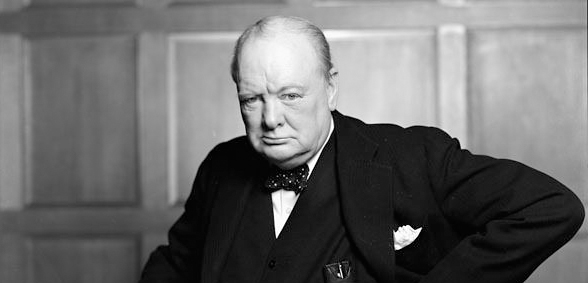

Just a couple of months into my headship at Yarrells Preparatory School I recognised the need to work with the leadership team to build a sense of trust and create a shared vision in order to create a game-changing team that would drive both school and pupil performance.
A new way of working
With many teachers new to leadership positions there was a need to provide support to help them with the transition into a leadership role and to invest some time to ensure we gelled as a team, supporting one another instead of operating in silos, which can often happen.
We set out with two key aims to drive performance in the school, which were to create:
- a strong unified leadership team;
- a shared vision and purpose for the school.
Our aim was to create some excitement around our vision in order to really motivate the leadership team and all of our teachers to take action and feel inspired to make the changes which would drive performance.
Using a software indexing tool – GC Index, an online assessment instrument to identify the contributions individuals can make to professional teams – we now have a much better understanding of how each of us contribute to the team.
The power of performance management
After receiving our profiles from The GC Index we ran a workshop to help us understand each other’s inclinations and how we could make our best impact within the team. The session was incredibly successful in ensuring everyone had an understanding of how others contribute and how best to communicate with one another in order to work together more effectively.
The index now forms part of the school’s performance management framework to help identify how the leadership team and teaching staff can grow and how performance can be improved to enhance the children’s learning.
Gaining a better insight into how colleagues make their impact and contribute has enabled the new leadership team to gel very quickly. This bond helped us to develop a set of shared goals/common purpose and a sound strategy to improve performance and help students. It also gave everyone an opportunity to play a part in the decision-making.
Getting school leaders to reflect on their own motivations and proclivities as part of a team empowered them towards better leadership, rather than an autocratic leader telling staff what to do.
Creating open dialogue
Going through this process ensures we are aware of each other’s motivations, as leaders. This has really broken the ice and changed the environment from one that was incredibly formal and top down to a more informal, relaxed atmosphere, where everyone has a voice.
As a result, the team are more open and willing to discuss issues – so we are now dealing with the elephant in the room, rather than avoiding it because no-one wants to talk about it.
This process has created an open dialogue, helping us understand not just proclivities and areas of strengths to utilise to get things done but also things we need to work on to ensure we are consistent in our approach as a leadership team.
Naturally, this is now helping other teachers understand the vision of the school much better; not only are we much more unified in our communication across the school but we are able deliver it in a consistent way which people can really connect with.
This was a priority for me as a head, where my main challenge is to stay in post. The reality is that a headship position is the most vulnerable post in schools – it’s similar to a football manager, you are on show and if your team or, in our case, school, perform badly then you are out. Simple as that!
Maintaining a delicate balance
So, creating a strong leadership team who buy into the vision of the school and who have the ability to engage with their teams to make it happen is my priority. There’s a delicate balance between efficient and high quality teaching staff and maintaining the caring, warm-hearted atmosphere of the school that needs to be achieved.
By using a coaching model to help our leaders understand their teams better we are seeing them delegate more effectively. In the past there was too much protection of weak teachers but the framework has given the team an understanding of how important it is to hold other people to account in a positive way – it has given them real insight into how their teams need to live the values of the school to ensure the quality of education we have committed to deliver is being achieved to the benefit of students.
An educational journey
Education is tough – it’s target-driven and budgets are tight. Change is often needed when there’s been change in a leadership team but, if you change things too rapidly, you risk losing the support of the majority of your staff and parents and, if you don’t move rapidly enough, good teachers and parents will end up leaving. It’s important to invest the time and take them on a journey with you.
It does take time and investment but we have seen first hand the impact it can have. Since investing time to connect as a leadership team and reviewing our vision the quality of teaching and pupil achievements have increased. By making incremental innovation and change you are far more likely to empower staff and leaders.
